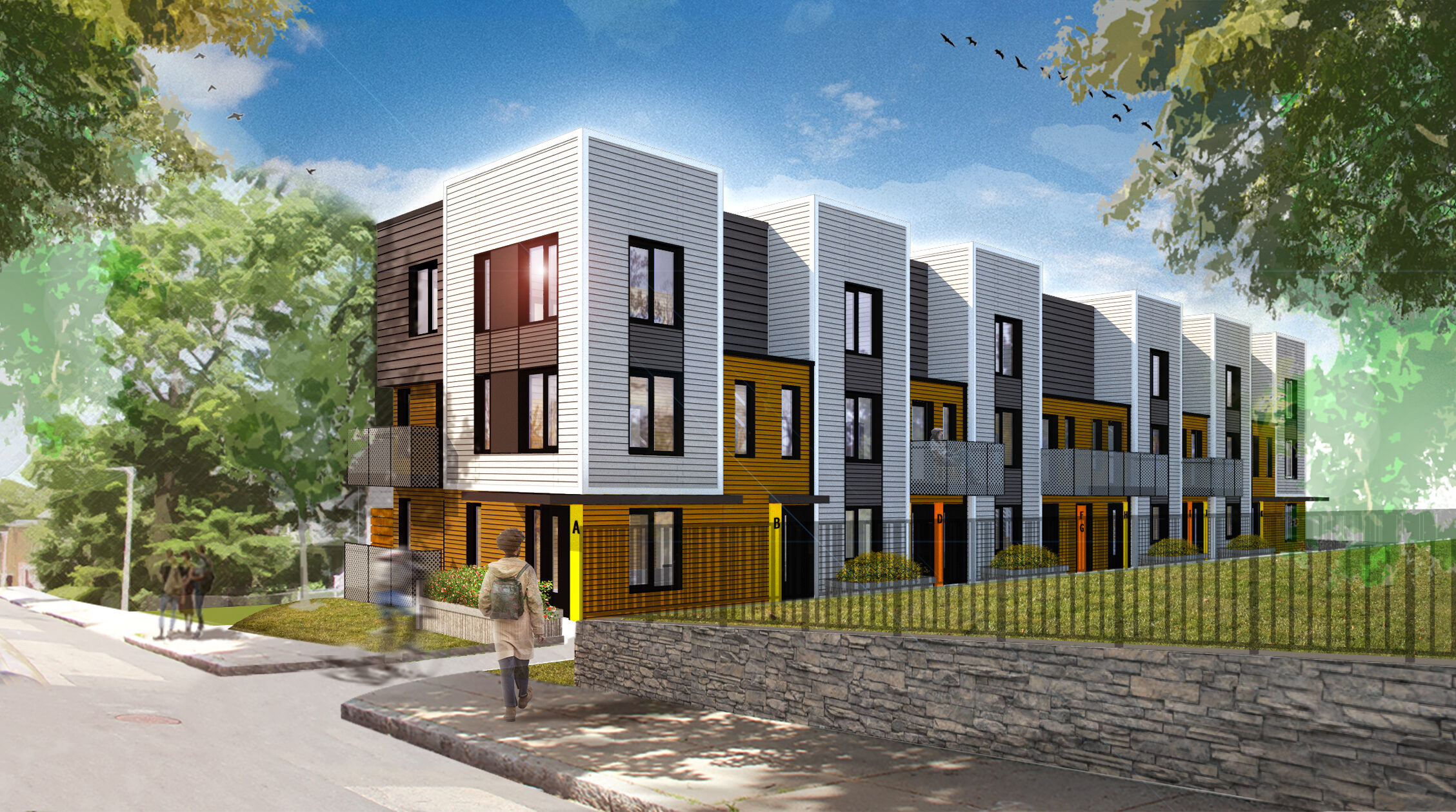Q&A: BSA Presidency with Greg Minott
Managing Principal Gregory Minott served as the 2021 Boston Society for Architecture President. In supporting the BSA’s mission to improve the quality of life for everyone through architecture and design, Greg stepped into this role in the hopes of building equity and diversity in the AEC industry. When he ran for this position in 2019, there was no pandemic, no economic crisis, and no national groundswell around the need to address racial justice, equality and systemic police brutality. Since then. Greg’s commitment to his goal only grew. We sat down with Greg to see what he achieved, how his approach evolved, and what he envisions for the future of Boston’s design community.

What were the key initiatives you facilitated for the BSA?
- The key initiatives I facilitated at the BSA were the implementation of the organization’s strategic plan to direct the activities of the organization over the next five years. The plan is focused on addressing climate change and the growing inequality in our profession and society.
Which program offering made the strongest impact on how you approach design?
- The design competitions hosted by the BSA have seeded different parts of DREAM. In 2008 a call for ideas for Nubian Square (then Dudley Square) birthed the architectural practice and influenced the firm so significantly that we continue to have major commissions in the area and approach each project, whether in Nubian Square or in the Seaport, through an inclusive lens.
Ten years later, DREAM would respond to an RFP which would shape our development ambitions. The RFP called for a new type of real estate development that focused on development without displacement, economic equity and sustainability which DREAM responded to in the form of our 24 Westminster Project.

How did being the 2021 BSA President affect how you run your own firm?
- I have an even deeper appreciation for the role of the BSA and have actively sought to recruit more members of our firm to become members and participate in BSA programming. I was very proud to have over half of our team become either members of the BSA or participate in committees during 2021, a significant increase over previous years. We are very fortunate to have an organization such as the BSA with dedicated staff and a strategic plan geared towards equipping architects and designers to address climate change and equity, the two existential threats facing both our profession and planet.
Of all the complications that arose during your presidency, what required the most innovation to navigate?
- During my presidency I faced internal challenges facing the BSA as they adapted to the effects of COVID and staff capacity, who were undertaking a major strategic overhaul for the organization. I had to adapt my programs on equity to work with the constraints, which led us to focus more on action and less on conversation.
What was the most rewarding aspect of your position?
- The most rewarding aspect of my position was to connect people who don’t normally talk to each other. In an effort to increase opportunities for BIPOC architects and designers, I brought together stakeholders in the built environment from academia, private development, city and state agencies, housing advocates and BIPOC architects and designers to uncover obstacles and create transformative solutions to move the needle on new and better opportunities.
How do you foresee the evolution of the design community in Boston and the BSA’s role in it?
- Today, 19% of Bostonians are living at or below the poverty line. Among families with children, 24% live at or below the poverty line. Neighborhoods where the majority of Black Bostonians live have the highest poverty rates. The Boston household media new worth for white families is $247,500 while for Black families it is $8.
With such indicators and growing inequality in our city, it will not be possible for architects to remain relevant if we do not actively participate in solutions that address these appalling statistics. The BSA will need to remain a vital resource and 3rd party for education of not only its members but clients and city and state officials in order to address issues that demand multidisciplinary action and policies that directly affect what architects plan and design.